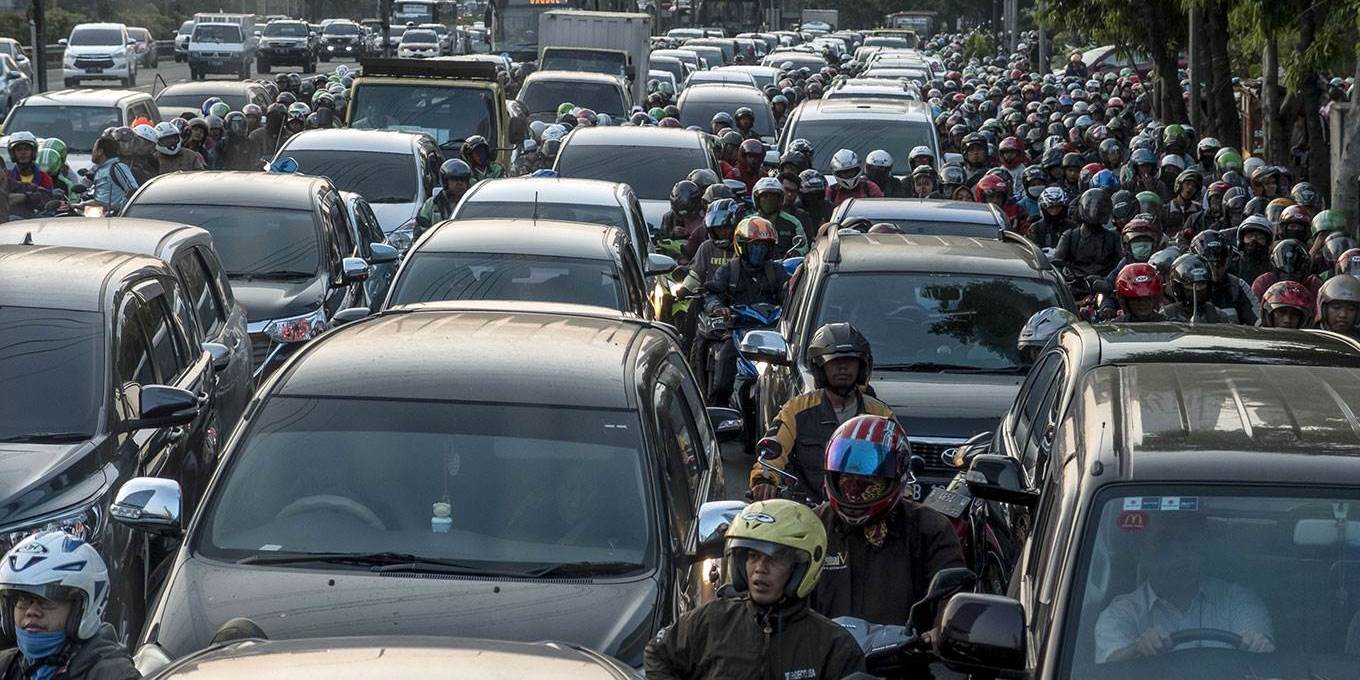In the quest for more environmentally friendly cities, sustainable transportation has emerged as a key element in balancing ecological concerns with the mobility needs of growing urban populations. This article explores how cities are navigating this balance and what it means for the future of urban transport.
Embracing Eco-Friendly Transport Options
One of the primary strategies in sustainable transportation is the promotion of eco-friendly transport options. This includes the expansion of electric vehicle (EV) use, the development of efficient public transit systems, and the encouragement of cycling and walking. Cities are actively working to reduce reliance on fossil fuel-powered vehicles, a shift that is crucial in minimizing urban carbon footprints.
The Integration of Green Public Transportation Systems
Integrating green public transportation options, such as electric and hybrid buses, into existing networks is a vital step. These systems not only reduce emissions but also provide a reliable and affordable alternative to private car usage, thereby easing urban congestion.
Developing Comprehensive Cycling and Walking Infrastructure
A focus on non-motorized transportation is gaining momentum. The development of safe and extensive cycling and pedestrian networks encourages residents to opt for these healthier and more sustainable modes of transport. Cities like Amsterdam and Copenhagen are leading examples, showcasing how well-designed infrastructure can promote cycling and walking.
Enhancing Public Transport Accessibility and Efficiency
Improving the accessibility and efficiency of public transport is essential. This involves not just expanding routes and increasing frequency but also ensuring that public transport is affordable and accessible to all segments of the population. Implementing smart, data-driven systems to optimize routes and schedules is part of this effort.
Promoting Car-Sharing and Ride-Sharing Initiatives
Car-sharing and ride-sharing services are becoming increasingly popular in urban areas. These initiatives reduce the number of vehicles on the road, lower emissions, and provide flexible transportation alternatives. They are particularly effective in conjunction with public transport, offering last-mile connectivity.
The Role of Urban Planning in Sustainable Transportation
Effective urban planning is crucial in promoting sustainable transportation. This involves designing cities in a way that reduces the need for long commutes and makes eco-friendly transport options more viable and attractive.










